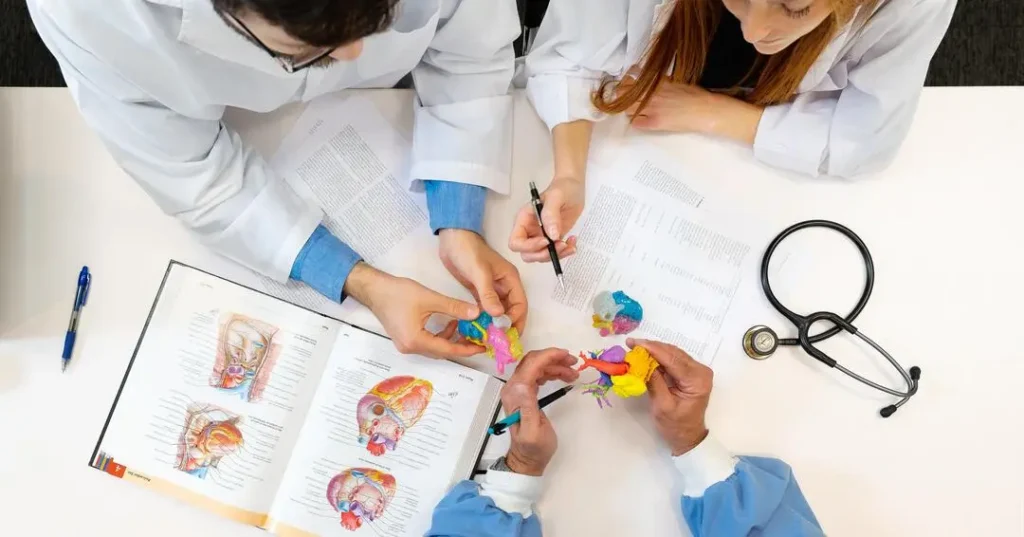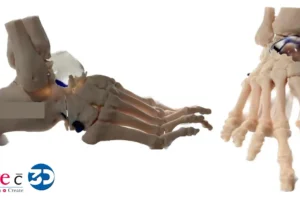A world where surgery is not just about fixing but also making something different. Fast advancements of technology in surgery are changing the land and establishing a future full of innovating breakthroughs-from tailored-made implants to bio-printed organs.
Beyond Scissors and Sutures: How 3D Printing Emerges in Surgical Equipment
Beyond Scalpels and Sutures: The Rise of 3D Printed Surgical Tools
Customized Cutting Guides: 3D printed cutting guides offer unmatched levels of precision for surgery – this ensures that the placement of implants is apt or causes minimal damage to tissues during intricate procedures.
Patient-Specific Instrumentation: 3D printed instruments may be constructed in accordance with the anatomy of a patient – this can benefit surgery both in terms of efficiency while requiring fewer manipulations.
Bioprinting for Tissue Regeneration: Bioprinting in tissues and organs permits researchers to design functional tissues and organs, without the need for organ transplant in the future.
Revolutionizing Pre-Surgical Planning: A Glimpse into the Patient
It is transforming pre-surgical planning altogether:
Anatomical Models: The highly life-like 3D-printed replicas of a patient’s organs or bones enable surgeons to plan procedures quite carefully, practice complex maneuvers before surgery, and improve communication with patients.
Virtual Reality Integration:3D model integration into virtual reality can produce an immersive simulation, making it possible for surgeons to carry out virtual rehearsals of surgeries in a risk-free environment.

Personalized Care: A Paradigm Shift in Surgery
It brings about a new era of personalized care:
Customized Implants: 3D printing is used to create implants that match the anatomy of a given patient perfectly, thereby offering a good fit, better performance, and more rapid recovery periods.
Reduced Surgical Risks: Pre-planning and customization reduce surgical risks from bleeding, infection, and complications.
Improved Patient Outcomes: Because of personalization, precision, and efficiency in treatment the patient outcomes would thus be much better, hence a rather quicker return to normalcy.
The Evolving Landscape: What Lies Ahead in 3D Printing and Surgery?
The future of 3D printing in surgery is quite bright:
Advanced Biomaterials: New biocompatible materials with enhanced properties are constantly being developed for the bioprinting of tissues and organs.
Artificial Intelligence Integration: AI powered surgical robots, equipped with integration using 3D-printed tools, can offer even greater precision and automation in surgery.
A Future Filled with Possibilities: 3D Printing Reimagines Surgery
The advantage of surgical innovation brings with it the advent of 3D printing technology, where “there’s a new level of customization; accuracy; and efficiency,” to mean near-future surgery which would be less invasive and more personalized, the way it leads patients to better outcomes. Possibility in the operating room is limitless.
Ready to explore the exciting world of 3D printing in surgery?
Search for terms like “3D printed bioprinting for organ regeneration” or “benefits of 3D printed surgical guides” to delve deeper into this groundbreaking field and its impact on the future of healthcare.





